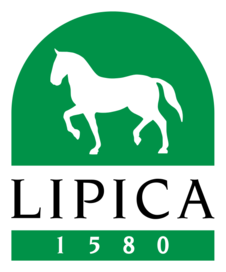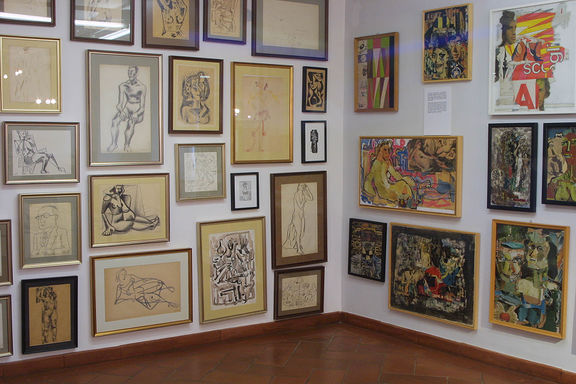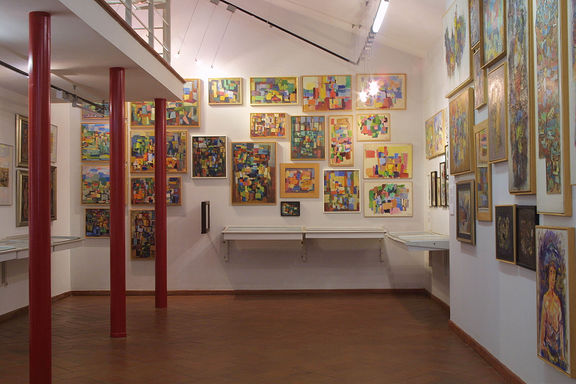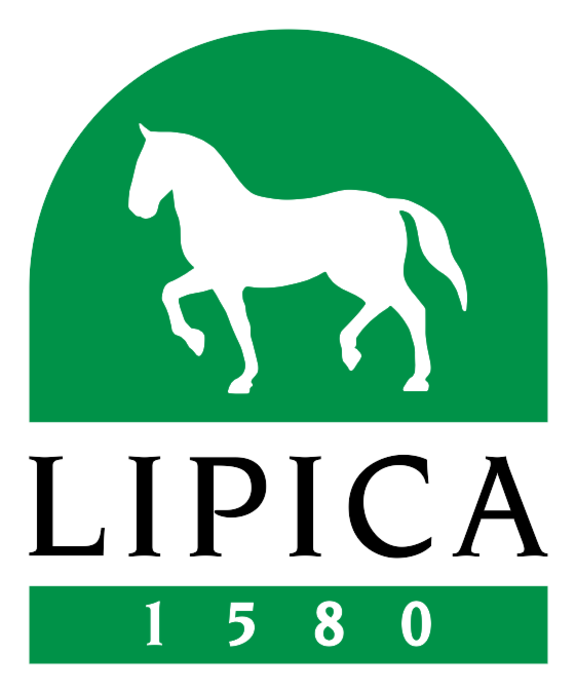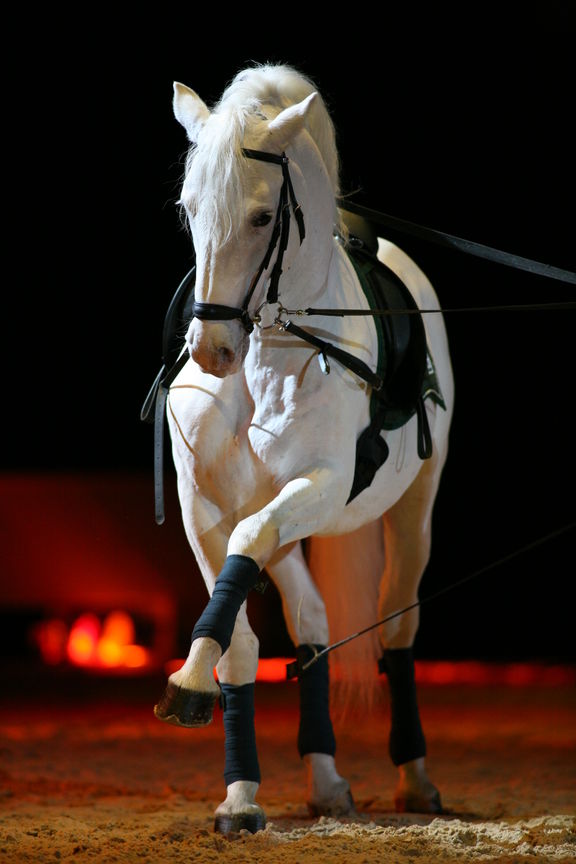|
|
| Line 10: |
Line 10: |
| | | street = Lipica 5 | | | street = Lipica 5 |
| | | town = SI-6210 Sežana | | | town = SI-6210 Sežana |
| | + | | map = http://www.openstreetmap.org/?lon=13.87368&lat=45.70872&zoom=16&layer=mapnik |
| | | telephone = 386 (0) 5 739 1580 | | | telephone = 386 (0) 5 739 1580 |
| | | fax = 386 (0) 5 739 1730 | | | fax = 386 (0) 5 739 1730 |
Revision as of 15:14, 3 May 2016
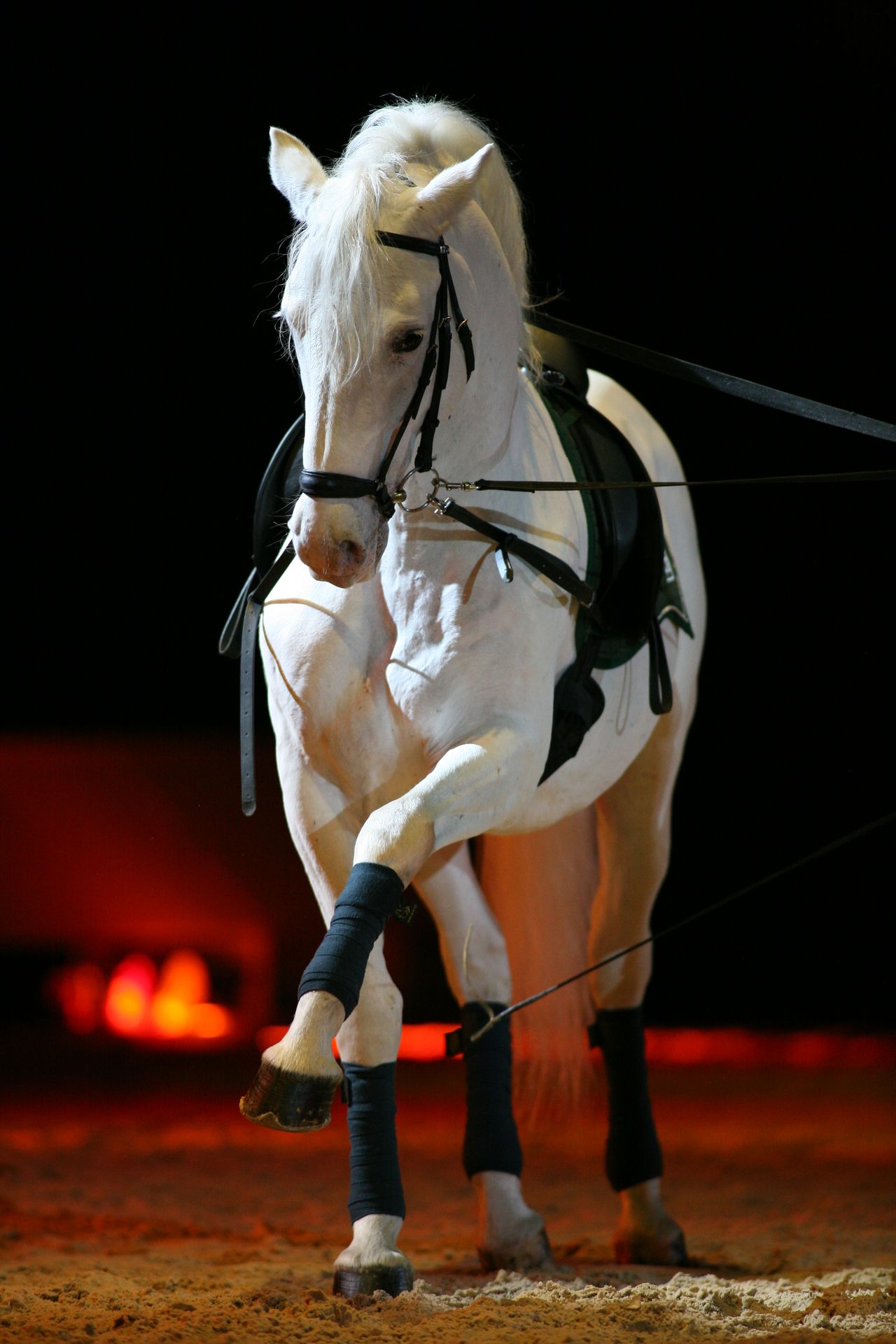 A Lipizzaner horse in a gait training session at Lipica Stud Farm, only stallions are trained for classical dressage and some of the best perform at the Spanish Riding School in Vienna
A Lipizzaner horse in a gait training session at Lipica Stud Farm, only stallions are trained for classical dressage and some of the best perform at the Spanish Riding School in Vienna
Lipica Stud Farm is home to one of the world's most famous breed of horses, the Lippizaner. Founded by Archduke Charles of Austria in 1580, the farm has continuously bred the sturdy white horses for over four centuries and some of the best of these perform at the Spanish Riding School in Vienna.
The farm, extending over 311 hectares in the Karst countryside, was proclaimed a place of special cultural heritage in 1996, and has since that time been state-owned and managed by the Republic of Slovenia. At present the farm is home to around 350 white horses. The traditional Lipica Days are organised at the end of September. Museum Lipikum, the Lipizzaner Museum opened in Lipica in May 2011.
Attractions
Lipica, marketed as a jewel of the Kras region, is a major tourist attraction. The various activities at the stud farm attract over 110,000 visitors every year, most of them foreign. As well as watching the horses perform at the Classical Riding School at Lipica, visitors can also take the reins of a thoroughbred Lippizaner themselves. There are also pony rides for children. Other activities on offer here include horse-drawn carriage rides, tennis, cycling and walking among the lime groves and oak forests. It is also possible to spend an entire holiday on and around the stud farm; the two on-site hotels provide swimming pools, a fitness centre and sauna, as well as a casino and nightclub.
The stud farm hosts also the Avgust Černigoj Gallery, dedicated to the avant-garde artist who spent his last five years of his life in Lipica.
See also
External links
Gallery
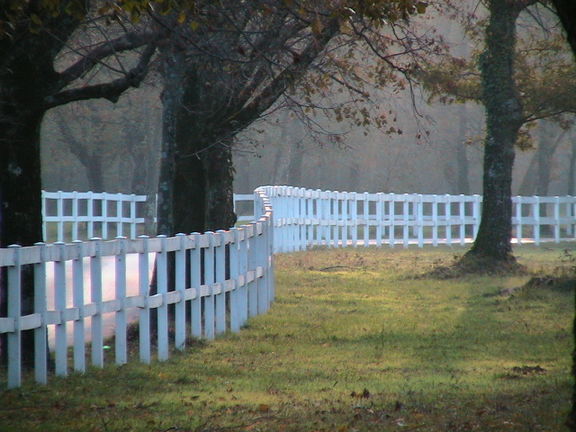
Autumn pastures at the Lipica Stud Farm, in the Karst region near the border with Italy, 2004

Lipizzaner mare and foal at the Lipica Stud Farm, the royal stud farm was established by the Hapsburg Archduke Charles in the abandoned summer residence of the Bishop of Trieste in 1578
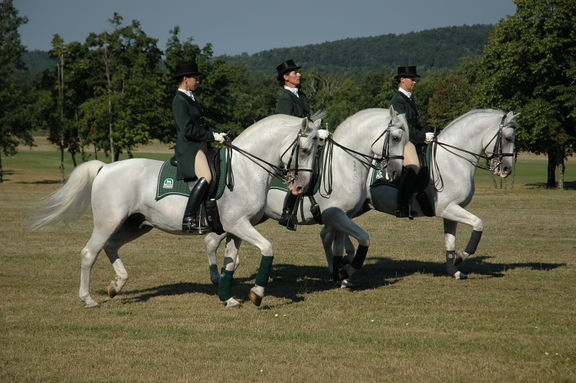
Dressage exhibition by the Classical Riding School at the Lipica Stud Farm, public exhibitions are regularly held at the stud farm near Lipica, 2008
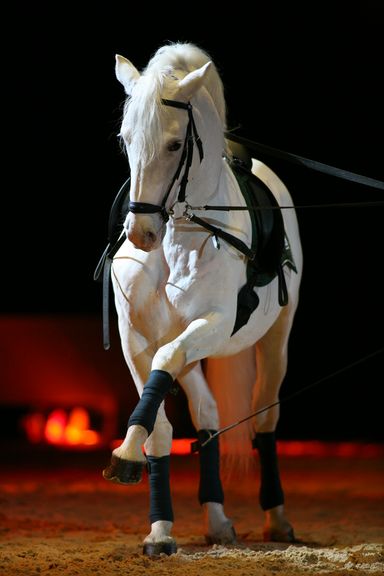
A Lipizzaner horse in a gait training session at Lipica Stud Farm, only stallions are trained for classical dressage and some of the best perform at the Spanish Riding School in Vienna
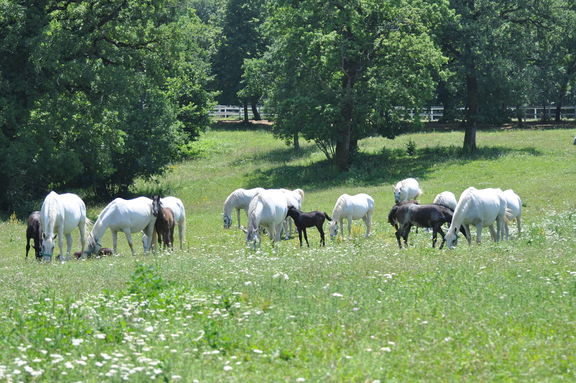
Lipizzaner horses grazing on one of the pastures of the Lipica Stud Farm, born black or bay the horses gain their grey coats in maturity. The grey is dominant for the breed, originally preferred by Hapsburg aristocracy



